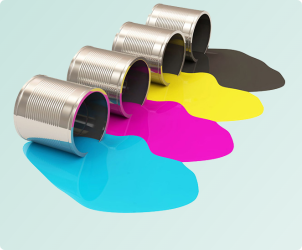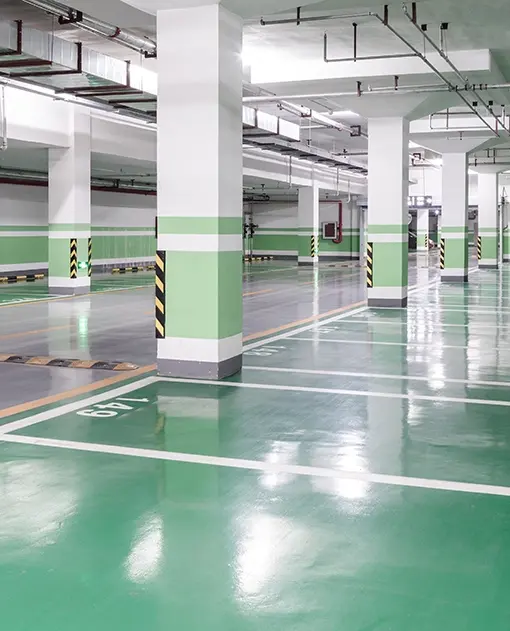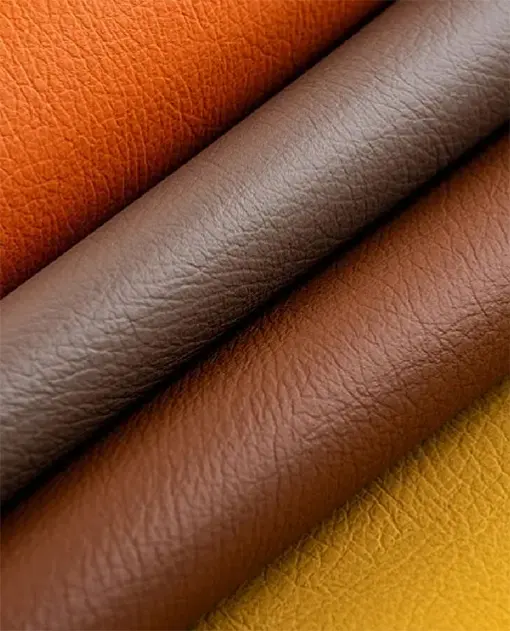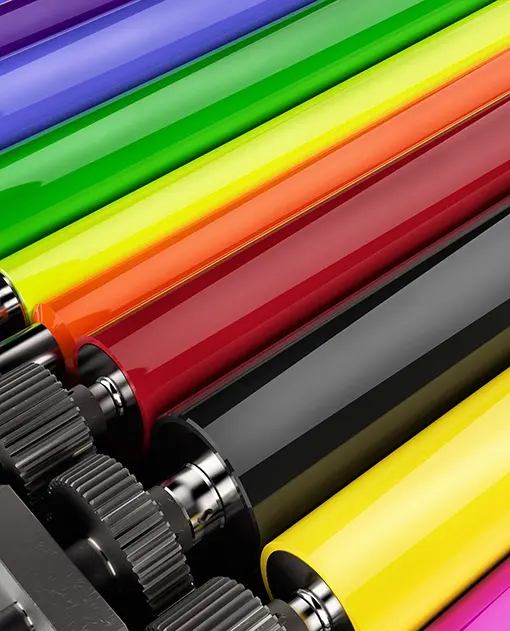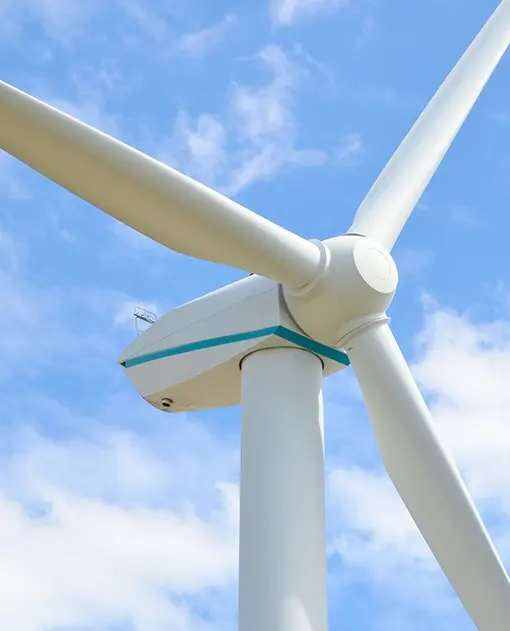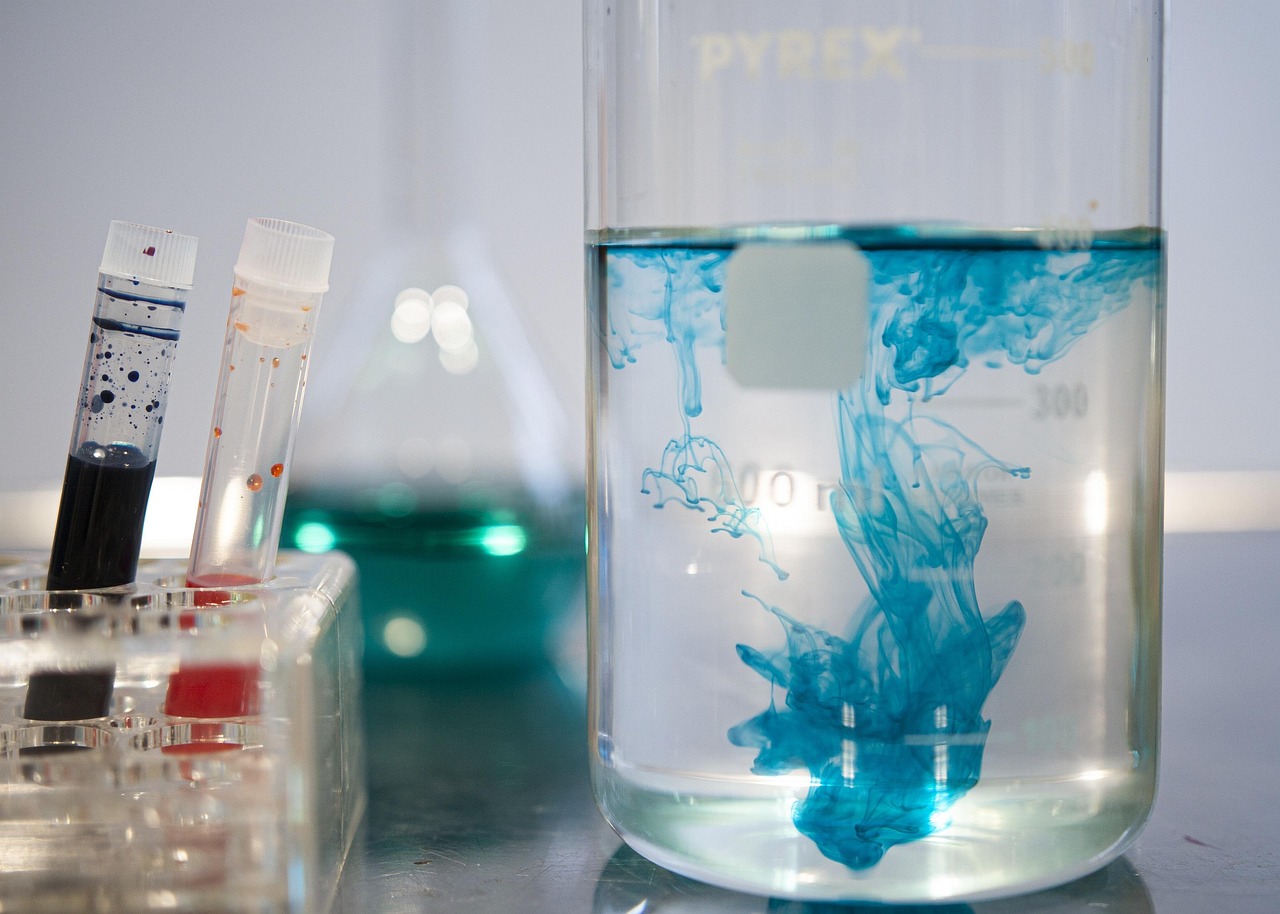What is dispersant used for?
Release time: 2025-07-10
Dispersant is a chemical substance widely used in many industries. It is mainly used to improve the dispersibility of particles in liquids and prevent them from settling or agglomerating. It interacts with the surface of particles to reduce the attraction between particles and ensure that the particles in the liquid are evenly distributed. Dispersants play an important role in many fields such as coatings, inks, cosmetics, medicines and foods. This article will explore the main uses of dispersants and their applications in various industries.
1. Improve particle dispersibility
The primary function of dispersants is to improve the dispersibility of solid particles in liquids. In many production processes, the suspension or dispersibility of solid particles is very critical, especially in liquid systems such as paints, coatings, pigments, inks, etc. In the absence of dispersants, particles tend to clump together due to electrostatic forces or van der Waals forces, forming an uneven suspension. By adding dispersants, the surface of particles can be charged or a stable physical coating can be formed, thereby preventing particle aggregation and ensuring the quality and stability of the product.
2. Improve product stability
In some complex liquid formulations, dispersants not only help disperse particles, but also improve product stability. Take coatings as an example. If the pigments in the coatings are not fully dispersed, it may cause uneven color, precipitation or viscosity changes, affecting the effect of the coating. By using dispersants, the pigments can be evenly distributed, prevented from settling, extend the service life of the product, and make the coating more consistent.
3. Optimize the production process
Dispersants can also optimize the mixing process during the production process. Many liquids or slurries need to be produced by high-speed stirring or grinding. Dispersants help reduce the aggregation of particles in these processes and improve production efficiency. In technologies such as emulsions, colloids, and inkjet printing, dispersants reduce the difficulty of stirring and grinding by reducing the aggregation force of particles, and also reduce energy consumption, thereby improving production efficiency.
4. Application in food and medicine
Dispersants are also widely used in the food and medicine fields. In food, they are usually used to maintain the uniform distribution of ingredients, such as evenly dispersing spices and sweeteners in beverages. In pharmaceutical preparations, dispersants help drugs to be effectively dispersed, avoid precipitation, and ensure the stability and consistency of drug efficacy.
5. Research and development of environmentally friendly dispersants
With the improvement of environmental protection awareness, many industries have begun to seek more environmentally friendly dispersants. Traditional dispersants sometimes contain harmful ingredients, which may cause pollution to the environment when used. Therefore, the research and development of low-toxic, low-pollution, biodegradable and environmentally friendly dispersants has become an important development direction at present.
Polywill offers a range of dispersant technology platform, such as polyurethane, polyacrylic, polyether and many others. Making sure our water-borne dispersant can meet the needs of various applications, ensuring consistent product color, storage stability, and processing performance.

